J-shaped Darrieus Vertical Axis Wind Turbine CFD Simulation – Numerical Paper Validation
J-shaped Darrieus Vertical Axis Wind Turbine CFD Simulation – Numerical Paper Validation
- Upon ordering this product, you will be provided with a geometry file, a mesh file, and an in-depth Training Video that offers a step-by-step training on the simulation process.
- For any more inquiries regarding the product, please do not hesitate to reach out to us at info@CFDLAND.com or through our online support assistant.
€220 Original price was: €220.€195Current price is: €195.
As an important option to traditional horizontal axis wind turbines, vertical axis wind turbines (VAWTs) offer benefits such as the ability to accept wind from any direction, a simpler mechanical structure, and the ability to place heavy components at ground level. That being said, standard Darrieus VAWTs have a big problem: they work well at operational speeds, but they have a hard time starting themselves and have low initial torque. This basic problem is fixed by the new J-shaped profile design, which strategically changes regular airfoils by cutting away a part of the pressure side to make a unique J-shaped cross-section. This new method lets the turbine use both lift and drag forces at the same time. It combines the high-efficiency features of lift-based Darrieus turbines with the better starting power usually found in drag-based designs like Savonius rotors. The J-shaped profile is one of the first big ideas to directly solve the problem of low starting power while keeping the efficiency of operation high. This new way of designing VAWTs could make them more useful and less expensive for a wider range of small-scale and distributed energy uses. Thus, in the current study we aim to VALIDATE the benchmark paper written by Zamani et al [1] using ANSYS Fluent.
- Reference [1]: Zamani, Mahdi, Mohammad Javad Maghrebi, and Seyed Rasoul Varedi. “Starting torque improvement using J-shaped straight-bladed Darrieus vertical axis wind turbine by means of numerical simulation.” Renewable Energy95 (2016): 109-126.
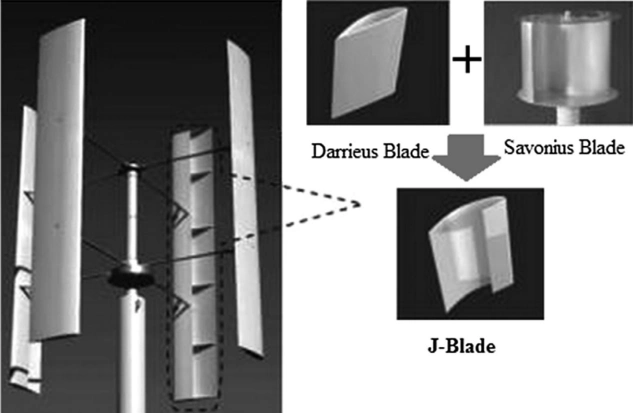
Figure 1: J-shaped cross section [1]
Simulation Process
The J-shaped Darrieus VAWT was modeled in ANSYS Design Modeler and SpaceClaim to precisely replicate the J-shaped Du 06-W-200 profile documented in the reference paper. The computational domain utilized a highly detailed unstructured mesh with particular attention to the boundary layer regions around the blade surfaces, maintaining Y+ values below 1 to accurately capture the complex flow physics near the wall regions. The K-ω SST turbulence model was selected. Plus, a sliding mesh technique was implemented to accurately simulate the rotating turbine at various Tip Speed Ratios (TSRs), allowing the investigation of performance across different operating conditions from startup through optimal power generation. The temporal resolution was carefully controlled through appropriate time step sizing to ensure proper capture of the unsteady flow phenomena.
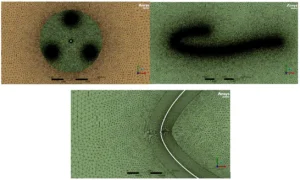
Figure 2: Boundary layer – unstructured grid over J-shaped Darrieus VAWT CFD Simulation – Validation study
Post-processing
The CFD results show remarkable agreement with Zamani’s original OpenFOAM data, particularly at lower TSR values where the torque coefficients almost perfectly match at TSR=0.6 (0.06) and TSR=1.0 (0.11). As seen in the graph, slight deviations appear at mid-range TSRs (1.4-2.2), with our simulation generally predicting marginally lower torque values than the reference study. This slight underprediction is likely due to minor differences in mesh resolution, especially in the complex flow regions inside the J-shaped cavity where flow recirculation occurs. Despite these small variations, the overall trend is well-captured, validating our simulation methodology and confirming the unique performance characteristics of the J-shaped profile across operational speeds.
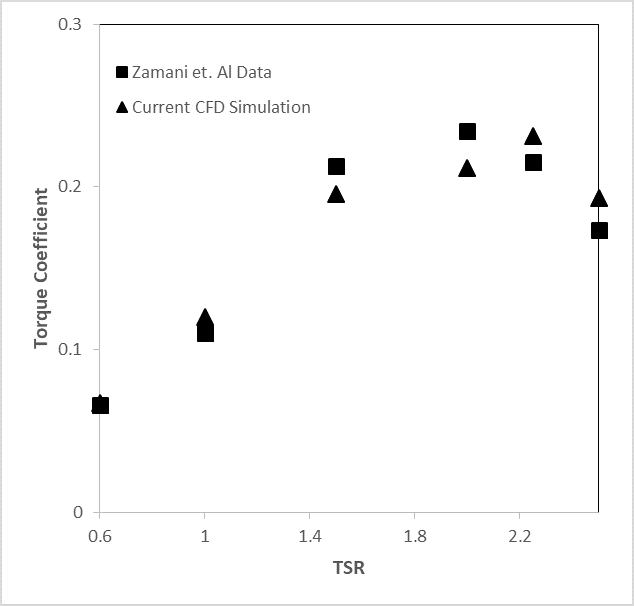
Figure 3: Validation of Darrieus VAWT CFD Simulation
The velocity contours reveal the fascinating fluid mechanics principles behind the J-shaped profile’s superior starting performance. Looking at the flow visualization, we can see intense flow acceleration (green-yellow regions, 13-20 m/s) around the convex side of the airfoil, creating a strong low-pressure zone that generates lift. Meanwhile, the unique J-shaped cavity on the pressure side creates complex vortex structures (visible as blue regions in the third image) that enhance torque production at low rotational speeds. These recirculation zones effectively “trap” the flow energy that would otherwise be lost in conventional airfoils, transferring additional momentum to the blade. The streamlines in the detailed view show how the incoming flow splits between the outer surface and the J-cavity, with the latter creating multiple counter-rotating vortices that contribute to the overall torque. This dual force-generating mechanism—combining conventional lift with enhanced pressure drag—is the key insight from this analysis, explaining why J-shaped blades offer superior self-starting capability while still maintaining good efficiency at higher operational TSRs.
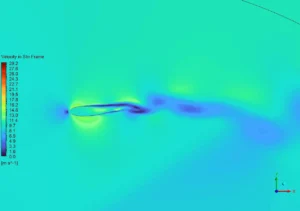

Figure 4: Flow pattern inside the J-shaped profile implemented on Darrieus VAWT
We pride ourselves on presenting unique products at CFDLAND. We stand out for our scientific rigor and validity. Our products are not based on guesswork or theoretical assumptions like many others. Instead, most of our products are validated using experimental or numerical data from valued scientific journals. Even if direct validation isn’t possible, we build our models and assumptions on the latest research, typically using reference articles to approximate reality.
Yes, we’ll be here . If you have trouble loading files, having technical problems, or have any questions about how to use our products, our technical support team is here to help.
You can load geometry and mesh files, as well as case and data files, using any version of ANSYS Fluent.
€130 Original price was: €130.€85Current price is: €85.

€155 Original price was: €155.€95Current price is: €95.

€380 Original price was: €380.€185Current price is: €185.

€280 Original price was: €280.€145Current price is: €145.

€185 Original price was: €185.€135Current price is: €135.


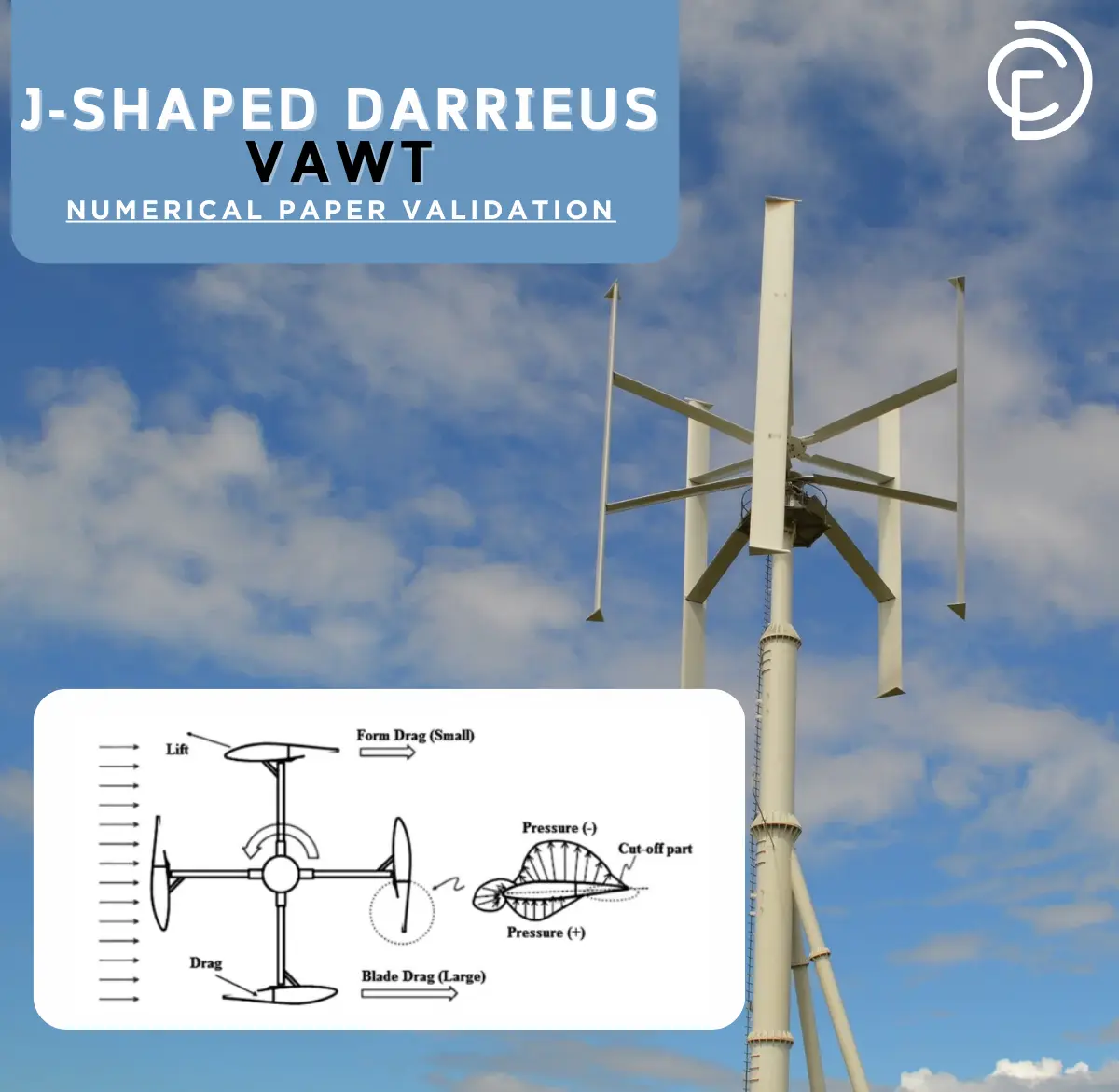
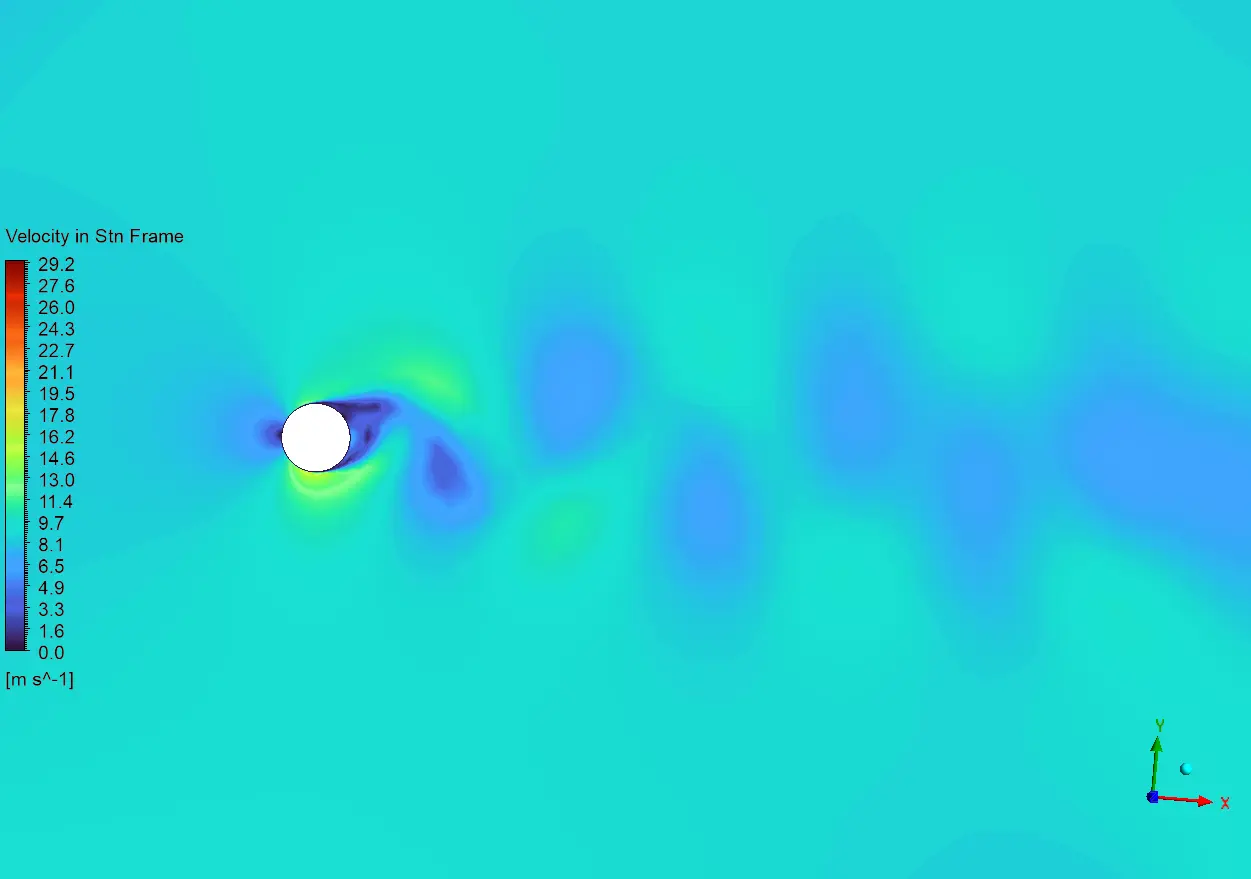
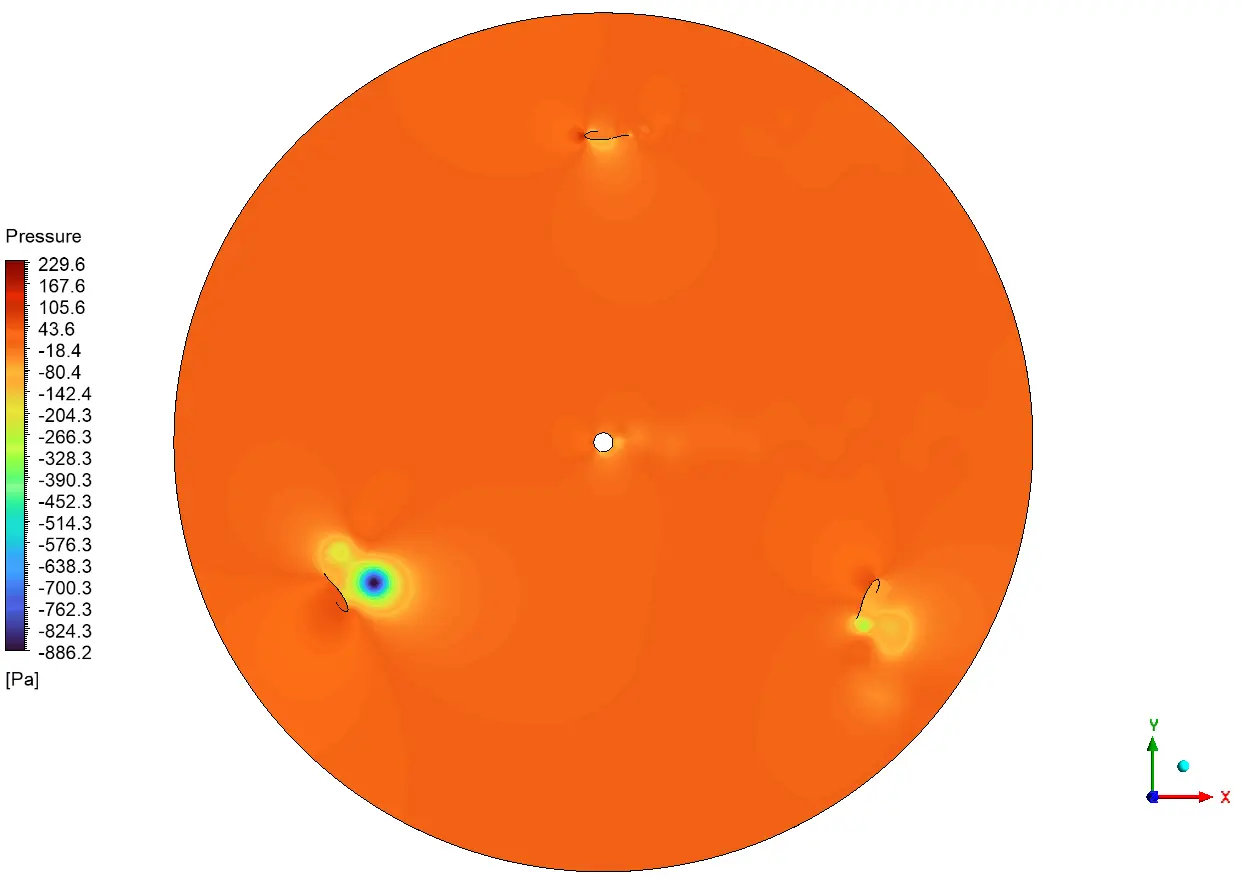
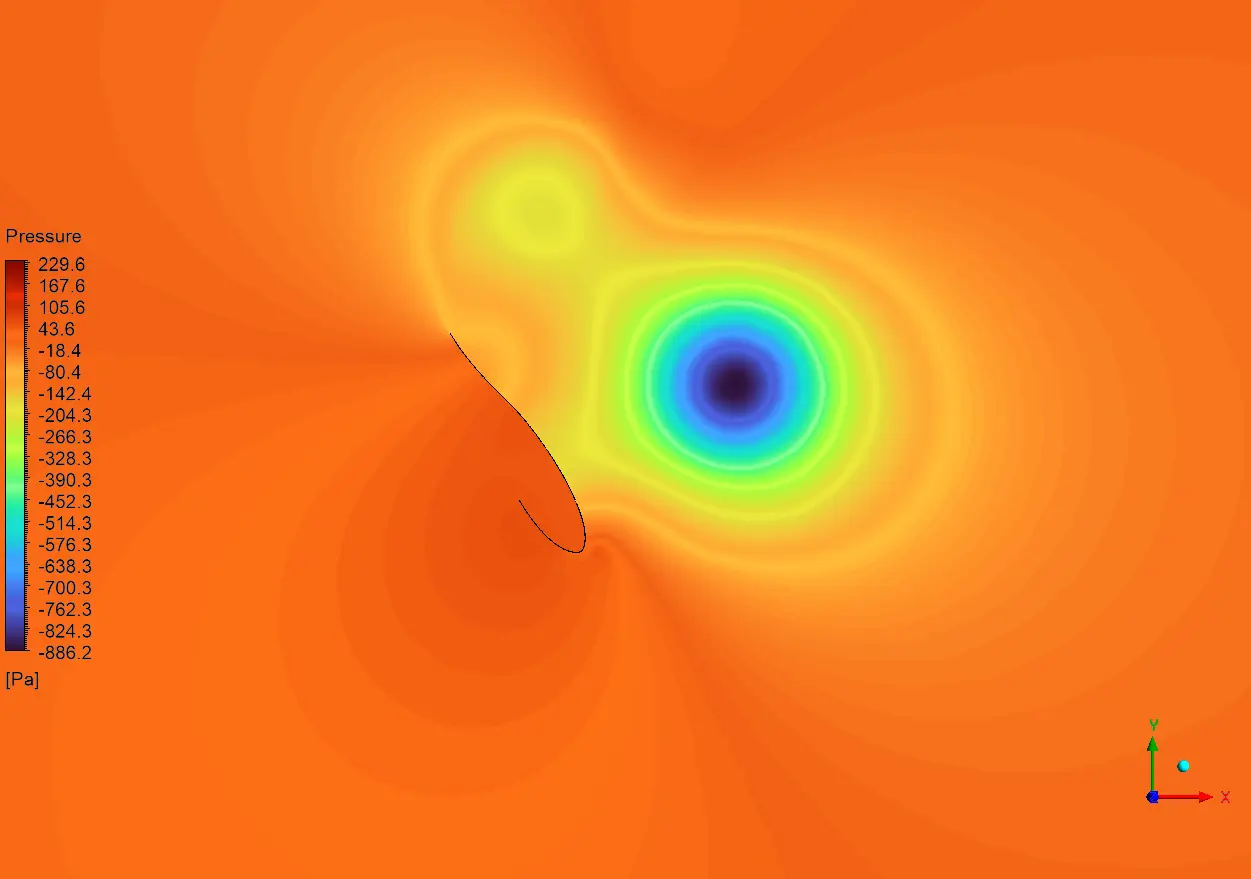
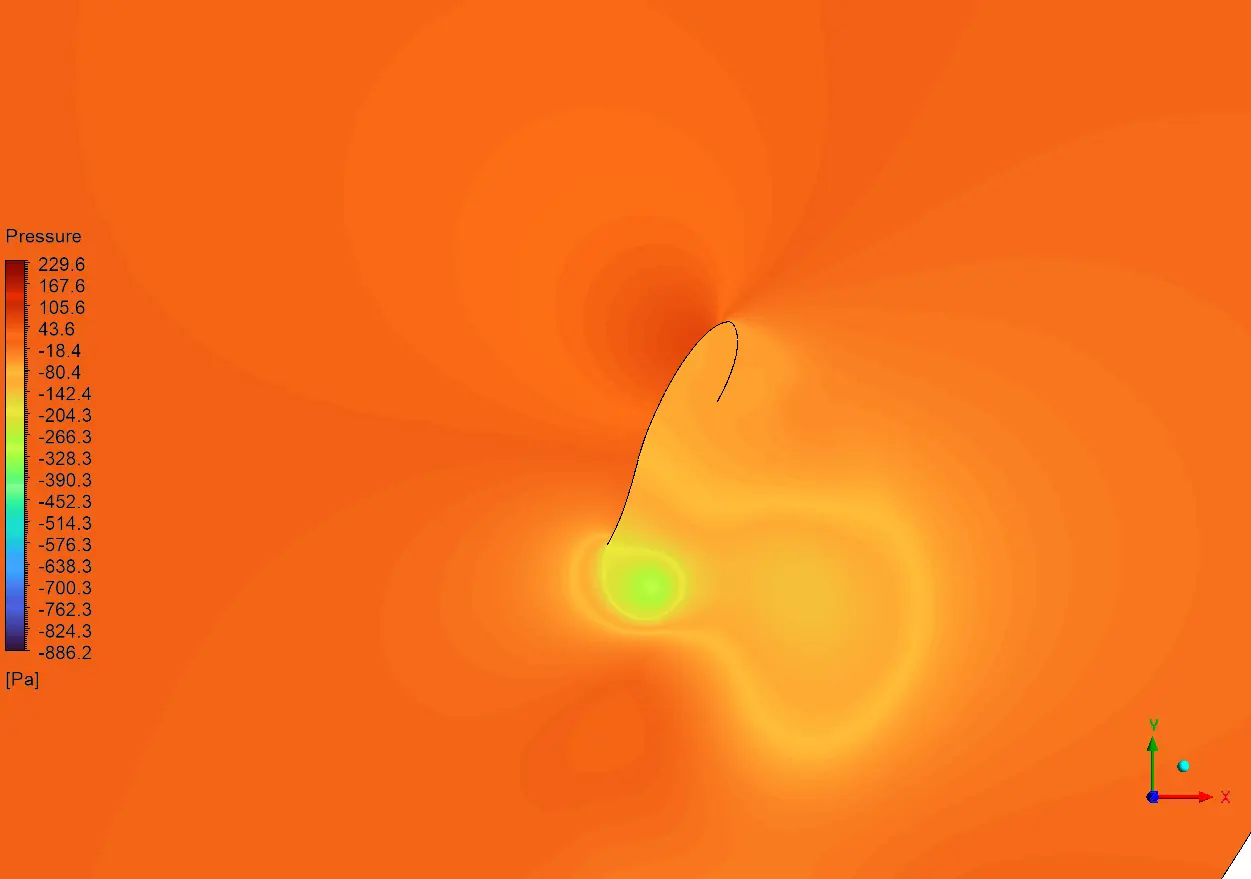
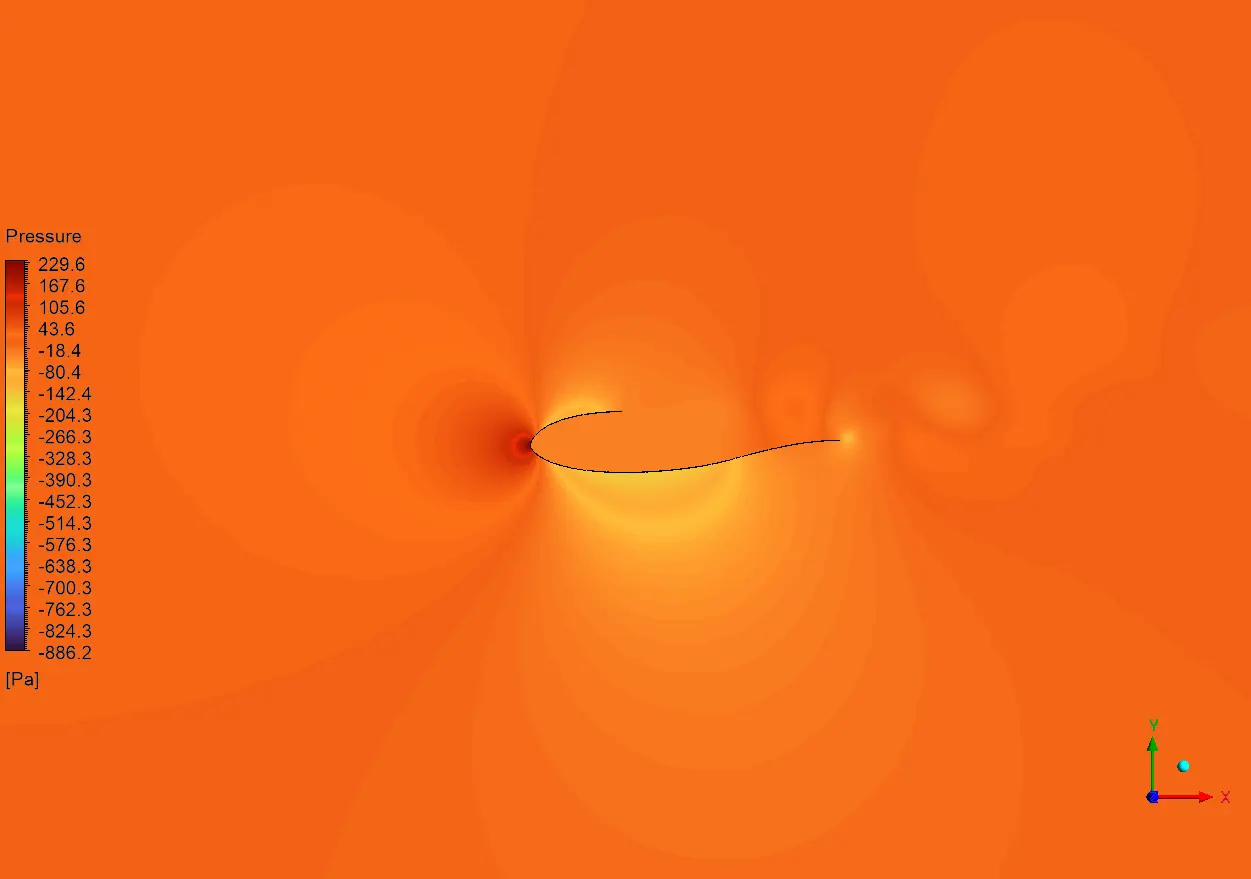
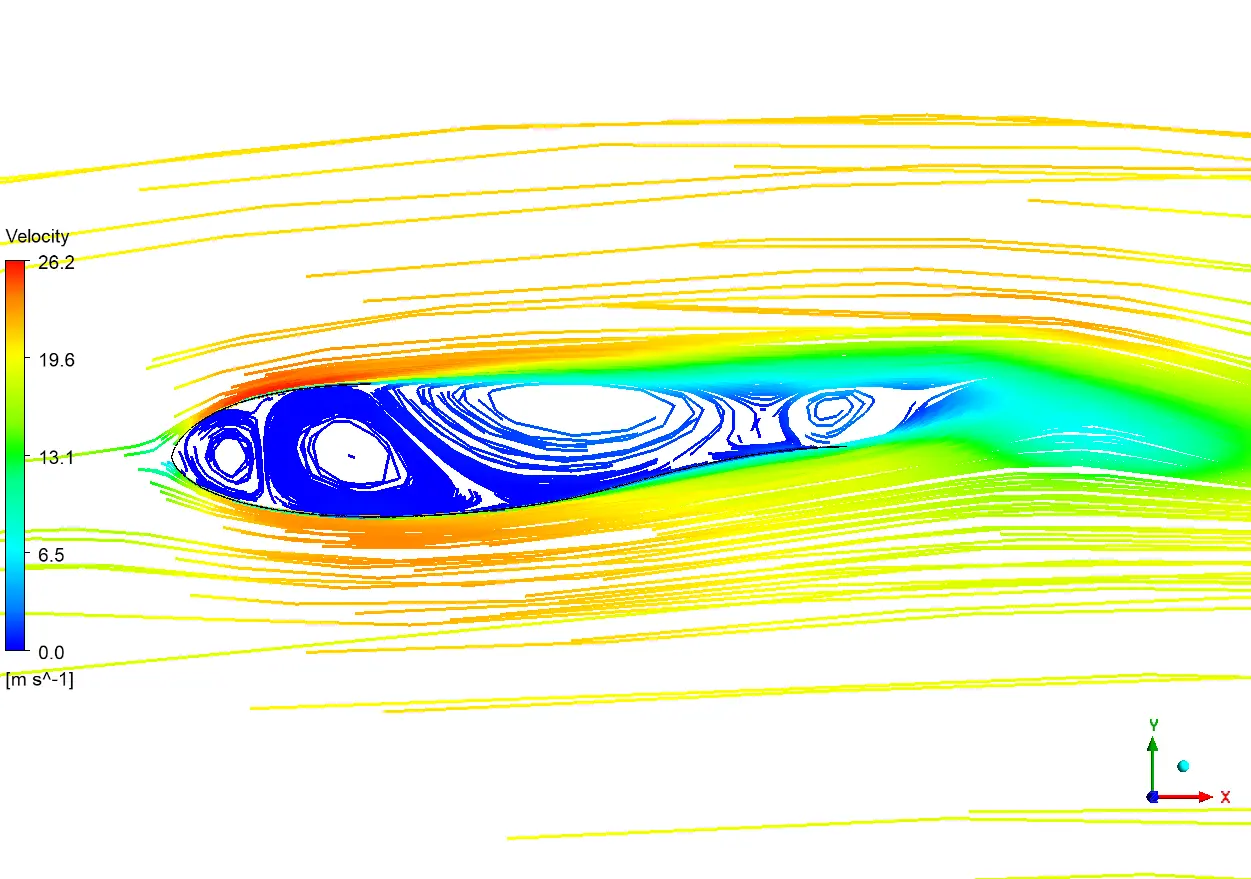
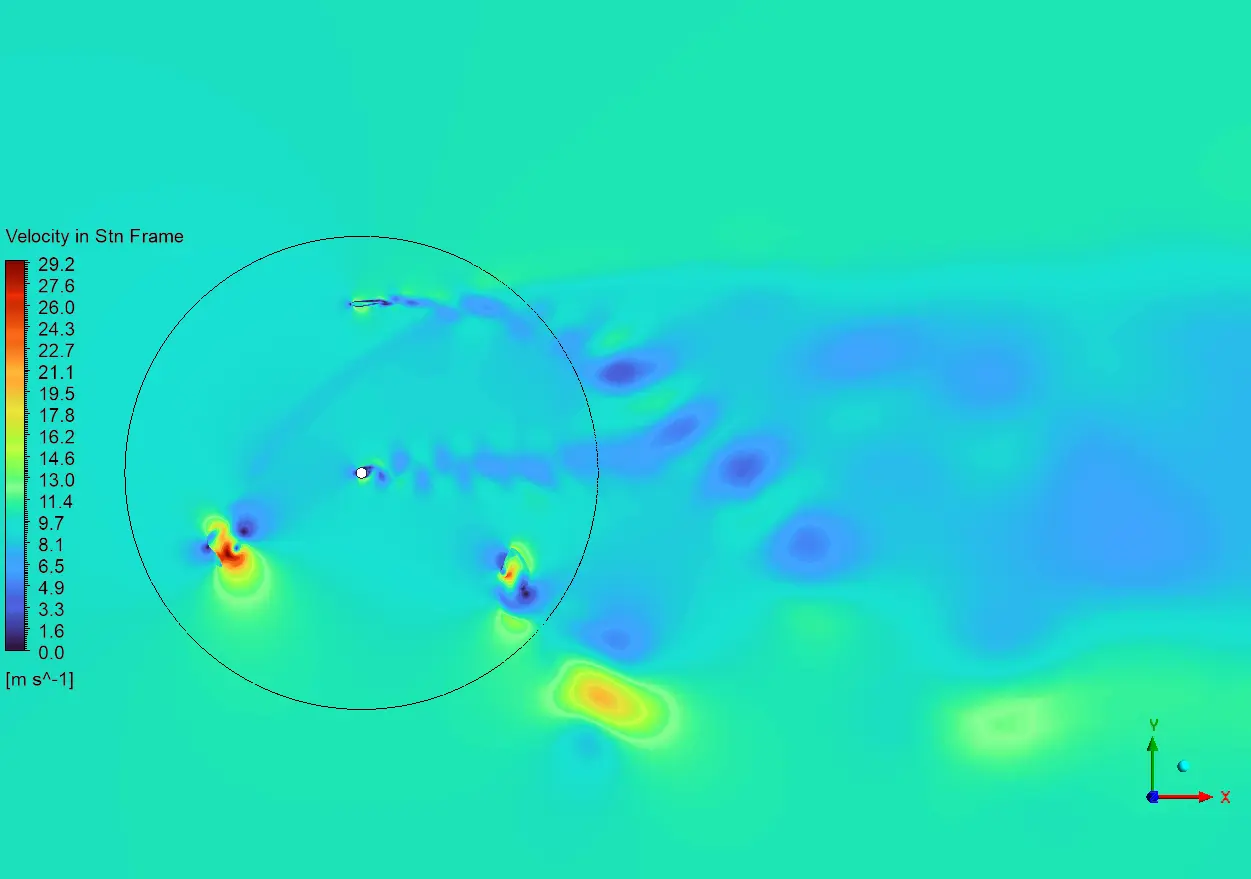
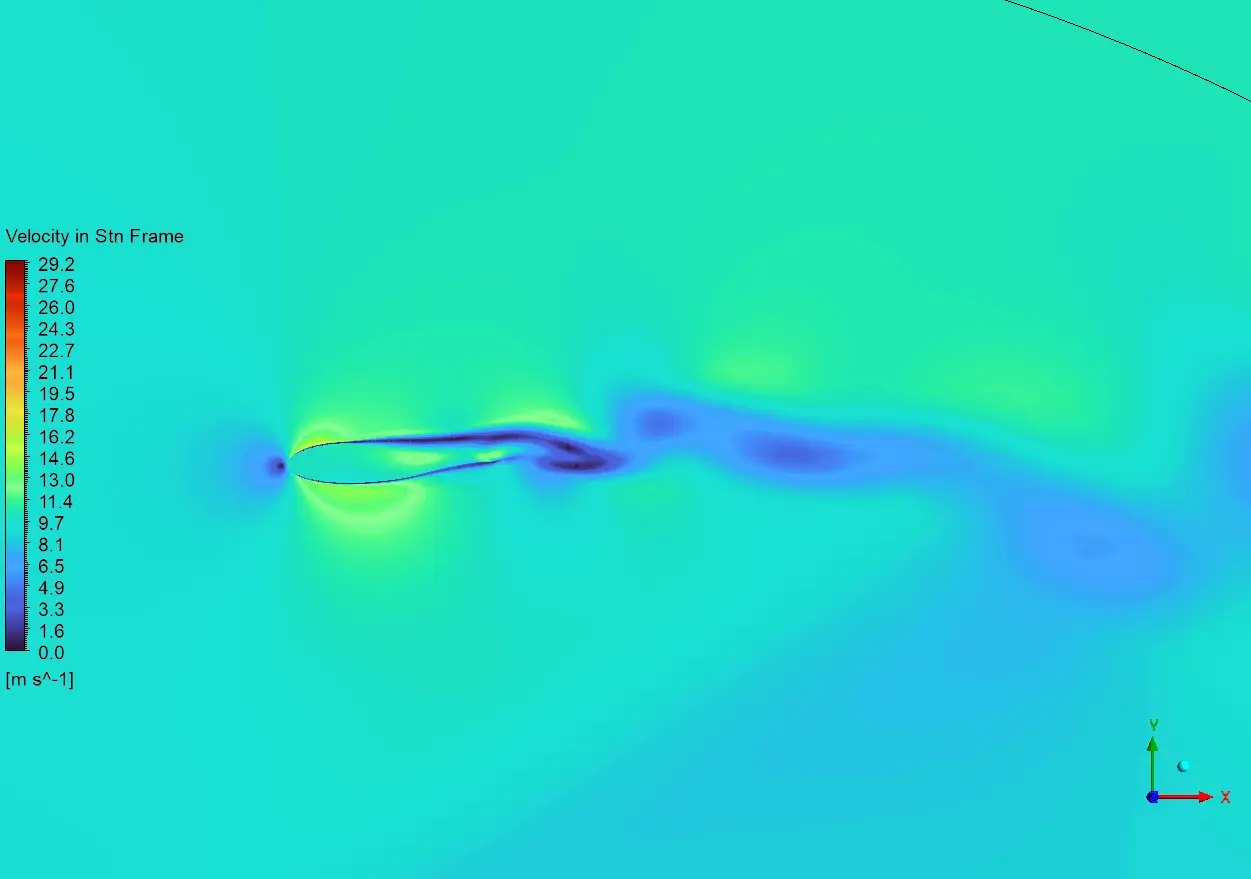
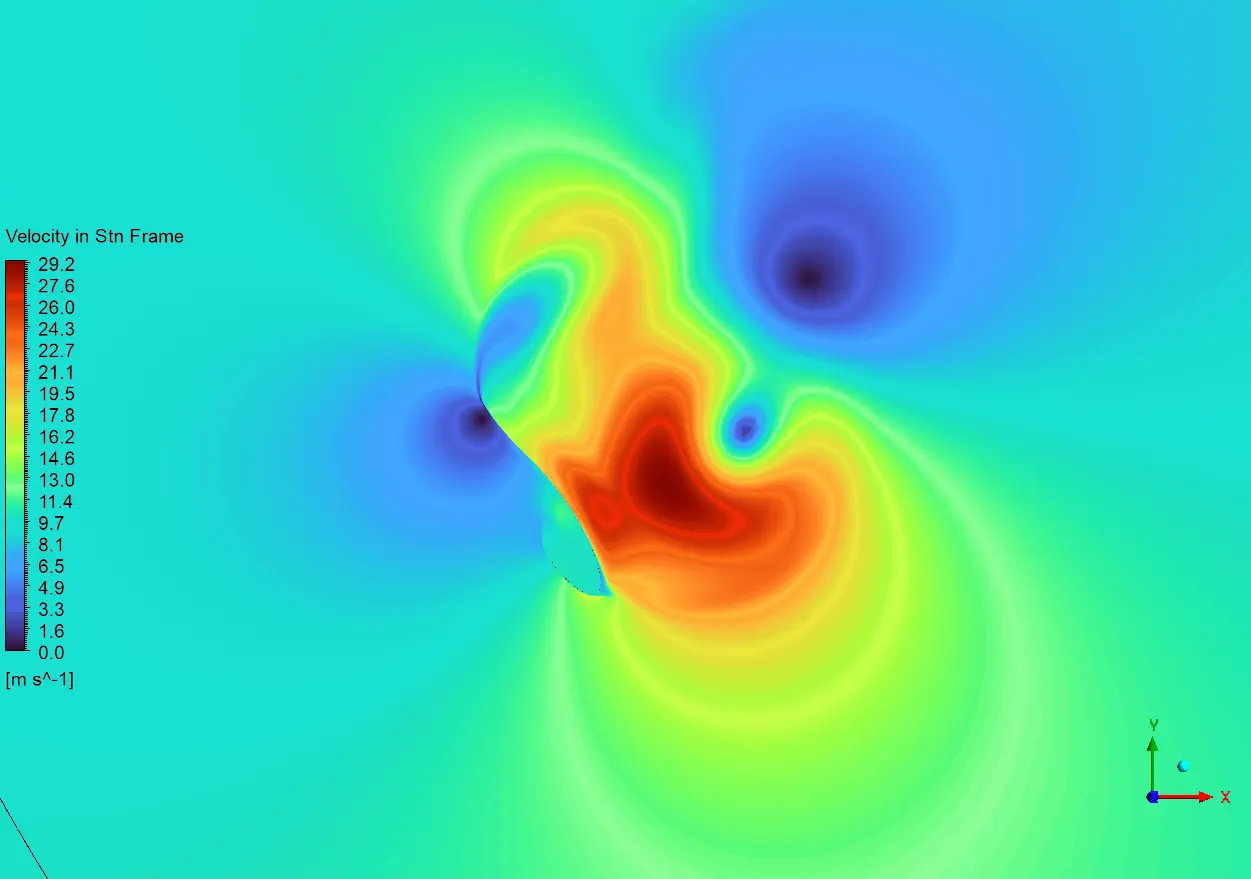
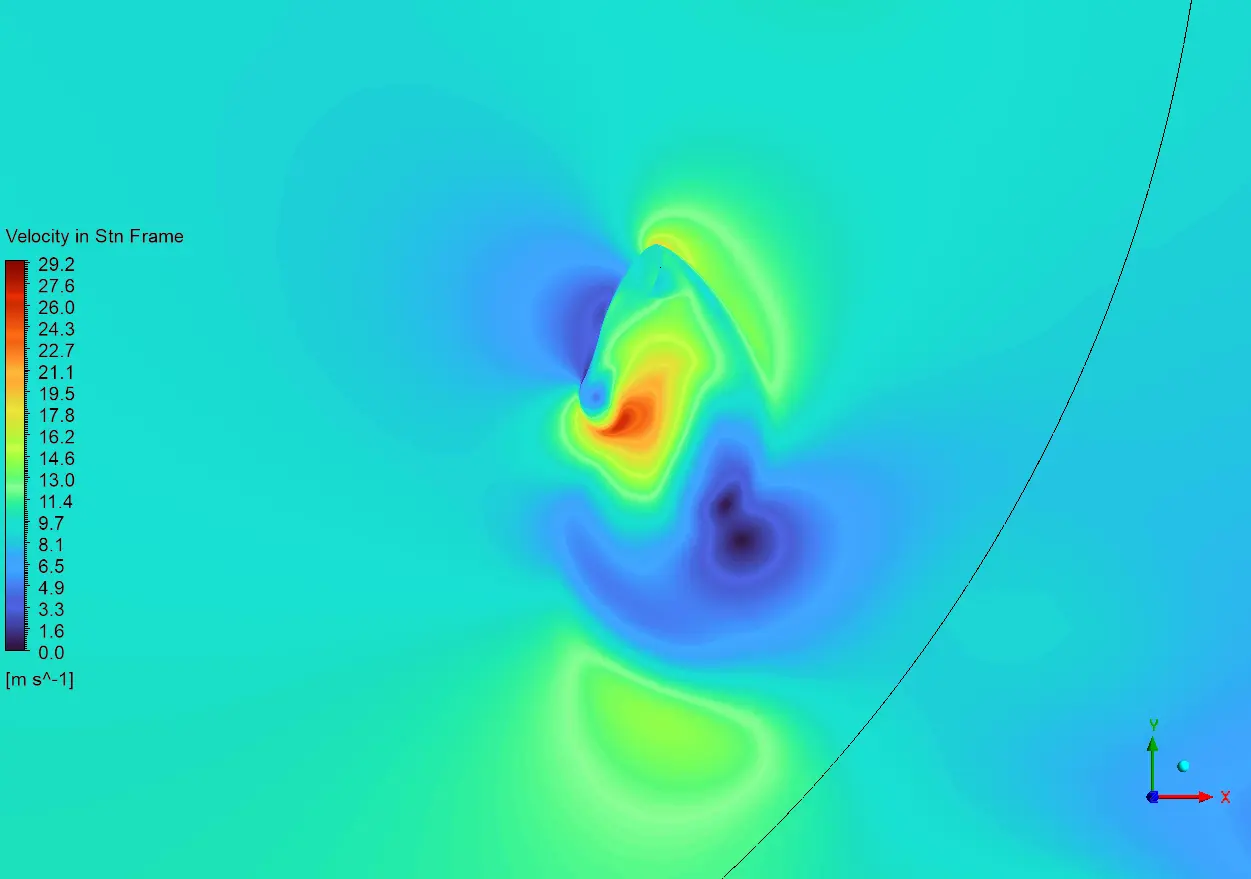






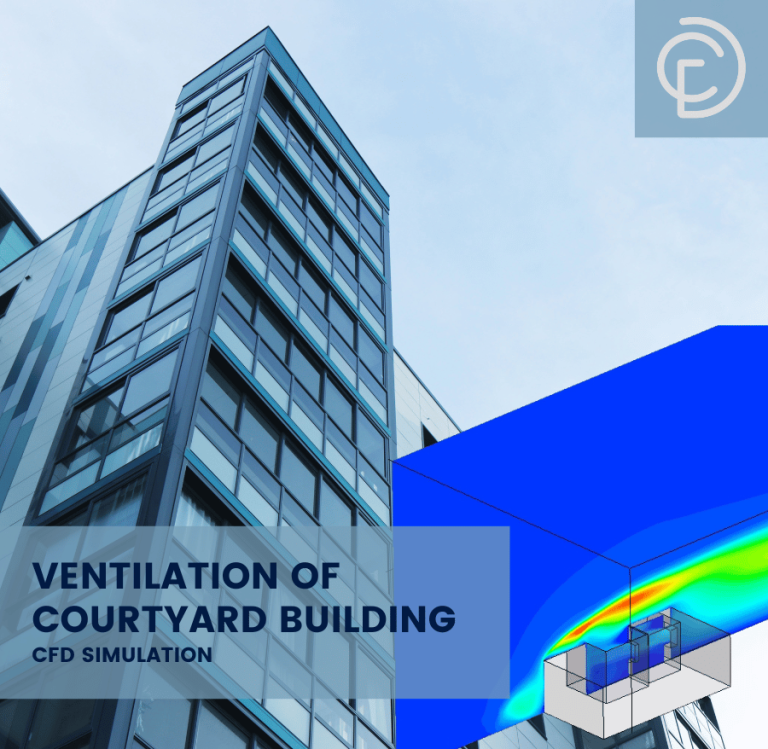
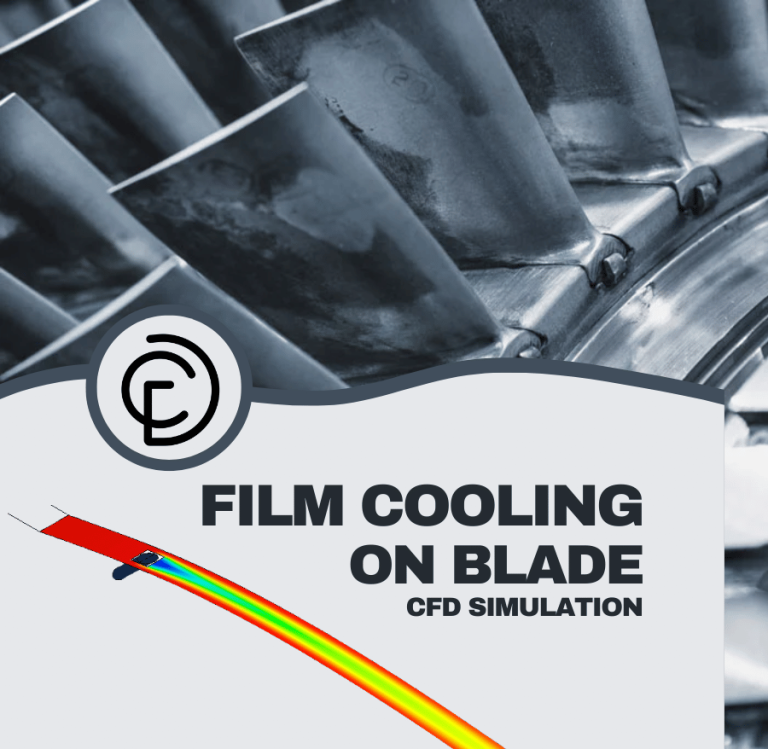
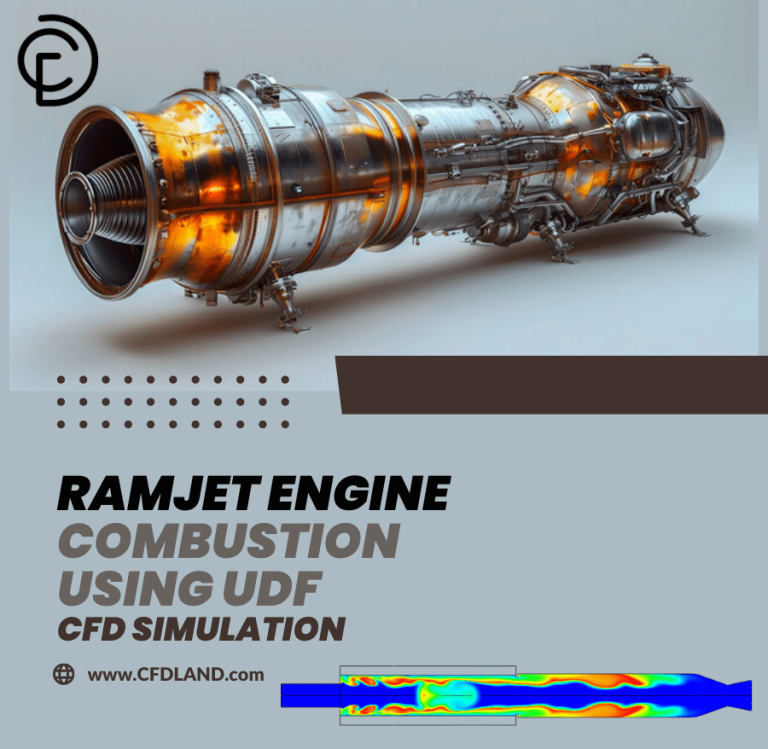
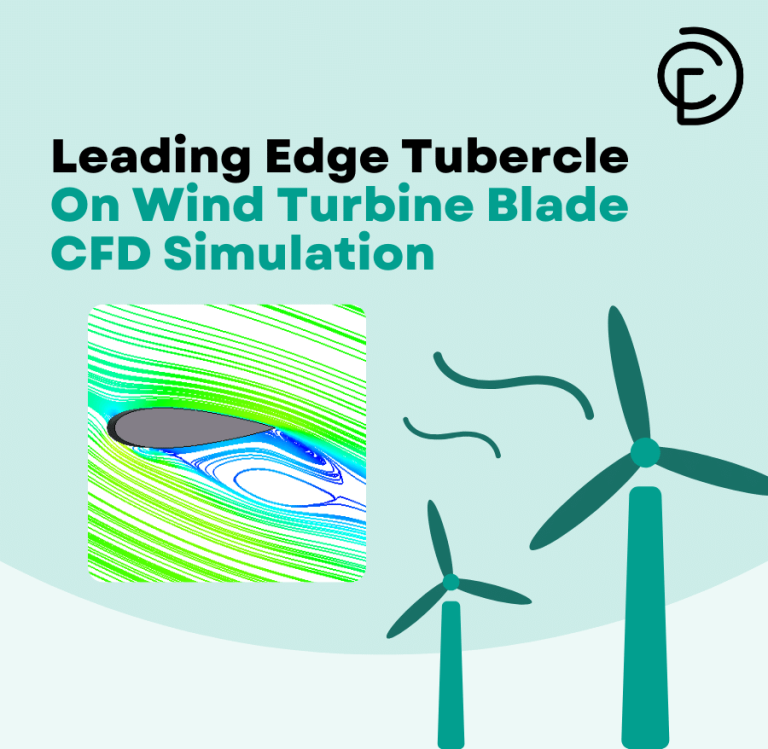
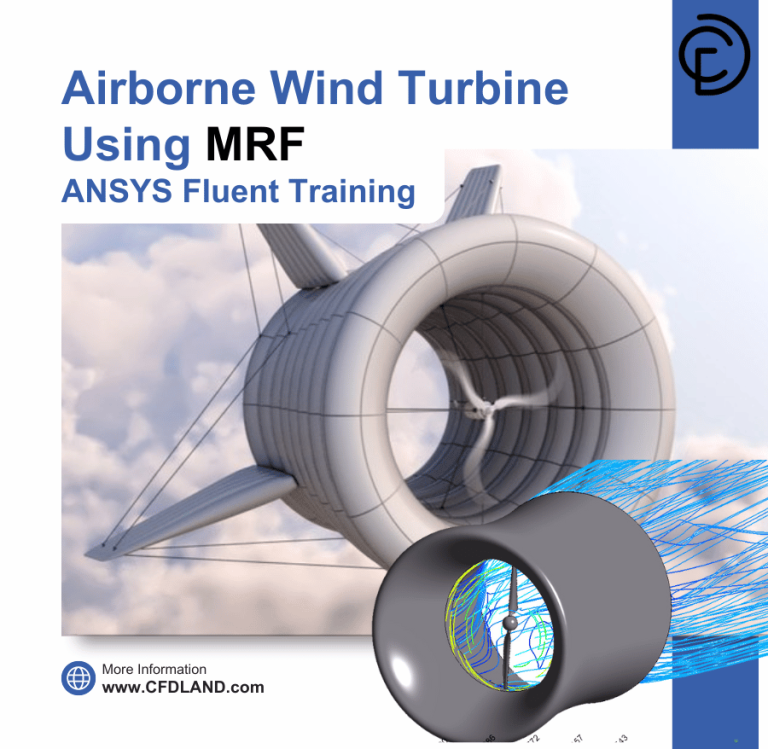
Reviews
There are no reviews yet.